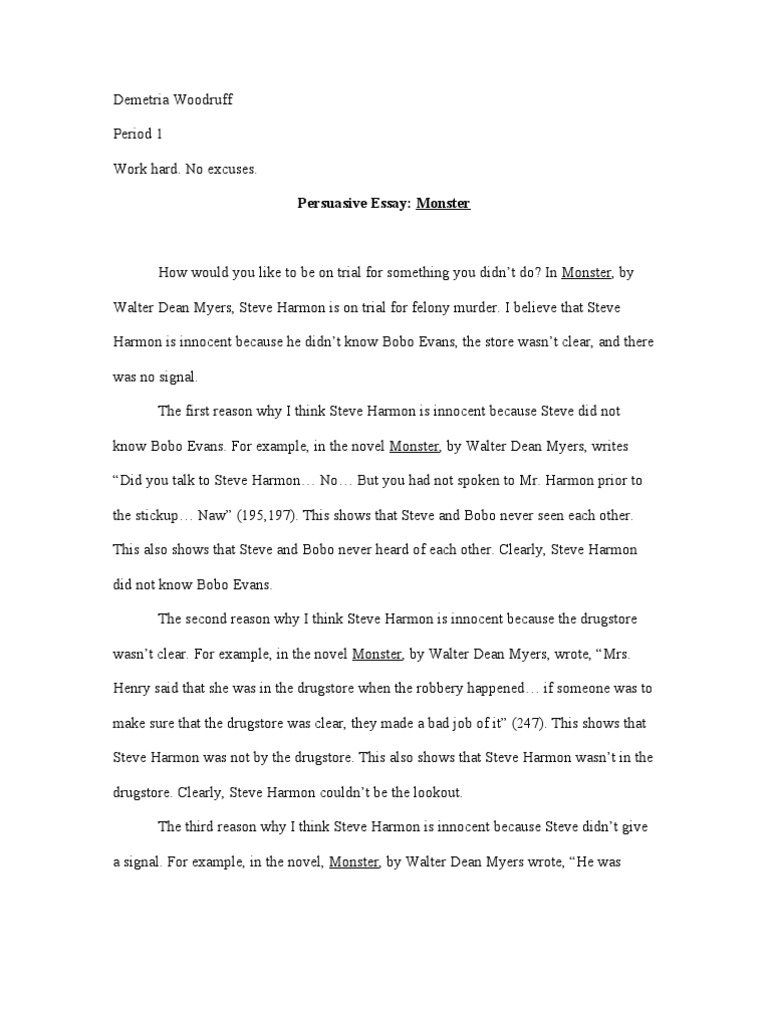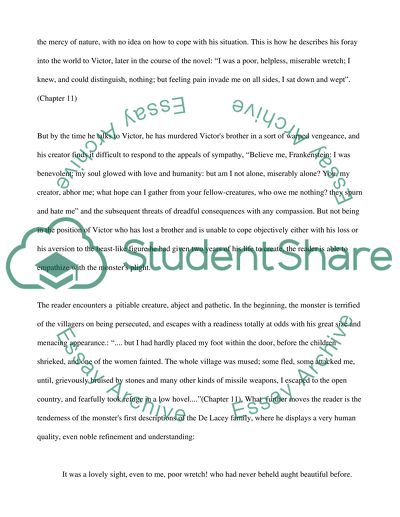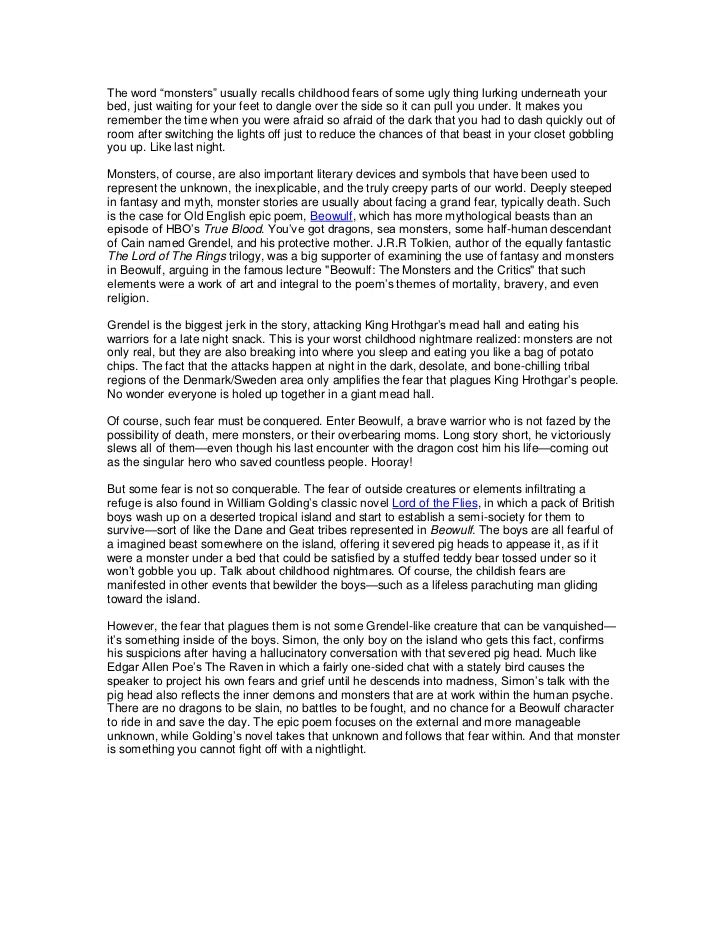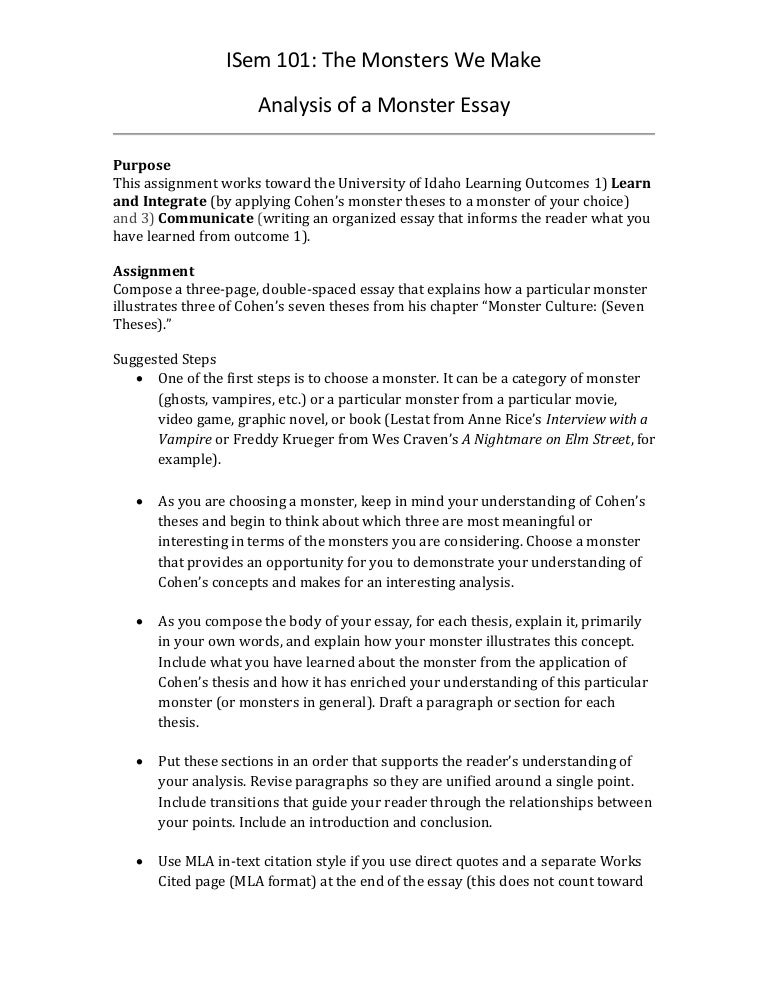Do you interested to find 'thesis of monsters'? Here you can find your answers.
Table of contents
- Thesis of monsters in 2021
- Monster culture (seven theses essay)
- Monster culture (seven theses summary)
- Creating a monster essay
- Monster culture seven theses audio
- Monster theory examples
- Monster culture examples
- Monster definition essay
Thesis of monsters in 2021
 This picture illustrates thesis of monsters.
This picture illustrates thesis of monsters.
Monster culture (seven theses essay)
 This image representes Monster culture (seven theses essay).
This image representes Monster culture (seven theses essay).
Monster culture (seven theses summary)
 This picture demonstrates Monster culture (seven theses summary).
This picture demonstrates Monster culture (seven theses summary).
Creating a monster essay
 This picture illustrates Creating a monster essay.
This picture illustrates Creating a monster essay.
Monster culture seven theses audio
2012-01-13.png) This image representes Monster culture seven theses audio.
This image representes Monster culture seven theses audio.
Monster theory examples
 This picture representes Monster theory examples.
This picture representes Monster theory examples.
Monster culture examples
 This image shows Monster culture examples.
This image shows Monster culture examples.
Monster definition essay
 This picture representes Monster definition essay.
This picture representes Monster definition essay.
How is the monster related to category crisis?
The Monster Is the Harbinger of Category Crisis (6) Thesis IV. The Monster Dwells at the Gates of Difference (7) Thesis V. The Monster Polices the Borders of the Possible (12) Thesis VI. Fear of the Monster Is Really a Kind of Desire (16) Thesis VII. The Monster Stands at the Threshold . . . of Becoming (20)
What does the monster represent as a cultural body?
According to the first thesis, as a cultural body, a monster does not represent what it seems. The writer notes that the monster’s body is a character that incorporates the aspects of fear, anxiety, desire, and ataractic fantasy that offer them mysterious independence.
What is the second thesis of Monster culture?
The monster’s body incorporates fear, desire, anxiety, and fantasy, which give them life and independence. The second thesis, “The Monster Always Escapes” says that while the damage caused by the monster remains, the monster itself vanishes only to reappear somewhere else – in another place or time.
Why are monsters difficult to understand in society?
The monster’s body is incoherent with the normalcy and expectations of the societal concerns. The thesis conveys the point that monsters are different from each other and difficult to understand. The monsters slip away hence making it difficult to categorize them within the various categories.
Last Update: Oct 2021